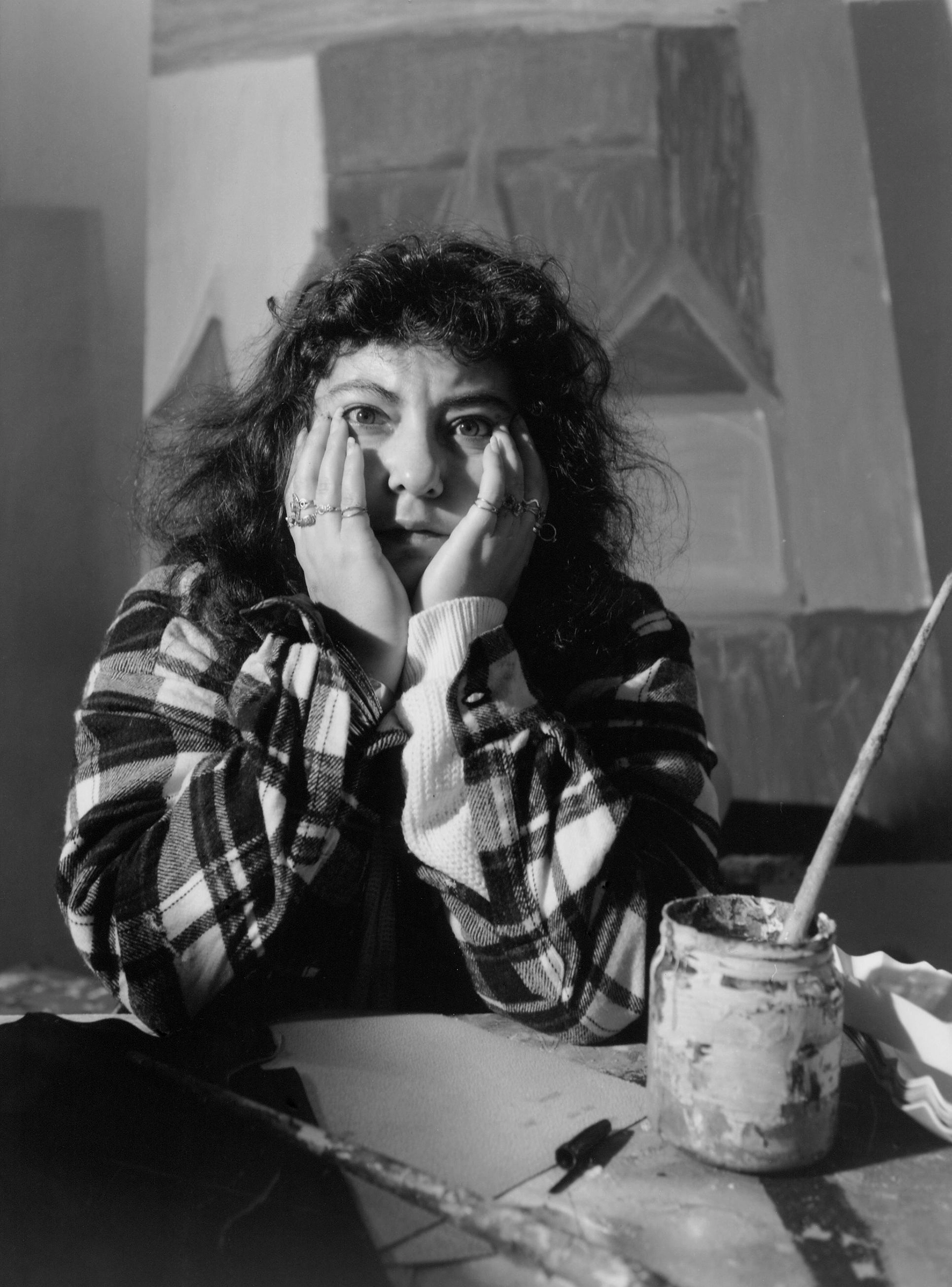For the series Verrückt nach Ilten (Crazy about Ilten), which was exhibited repetitively, Giesel photographed patients and staff of the Wahrendorff psychiatric and psychotherapeutic clinic in Sehnde, in the district of Ilten. In German the title Verrückt nach Ilten allows two possible interpretations: On the one hand, it means that someone came to the Wahrendorff Clinic in Ilten because of a mental illness – or it is the expression of a longing fondness, that is, being crazy about a person, an object or a place like Ilten. Giesel deliberately breaks down the word ‘crazy’, which often has negative connotations.
In 1990, he himself suffered an aneurysm rupture in the brain and lost large portions of short-term memory as a result. In his photographs, an eye-to-eye encounter was very important to Giesel: “I let all those photographed know that I am on their side without prejudice and that I respect them” (Giesel, Holtz, Klinikum Wahrendorff 2003, o. S.).
The 65 portraits were taken on the grounds of the hospital, partly in the patients’ rooms, but also in workrooms, the cafeteria or the outdoor area. “I asked them to look directly at me in the camera. Because a ‘direct look’ is something the viewer of the photo cannot avoid” (Giesel, Holtz, Klinikum Wahrendorff 2003, o. S.). After the photo shoot, Giesel always gifted those photographed their own portrait. Giesel and journalist Eva Holtz, with whom he designed the concept for the book, gave the subjects time to write something down about the photo and asked them to sign it. In the photo book, the names and ages, as well as the quotes and signatures, are printed below the images, allowing for an even stronger impression of the person portrayed. Nowhere in the book, however, is it noted which person is a patient, staff member, or member the clinic’s directions. Thus, an inclusive idea is pursued here: whether resident or caregiver – people are not differentiated in the way they are depicted. Giesel’s intention was for viewers to experience that “crazy people” should neither be recognized by their appearance, generalized, nor denied their humanity.
“In our society, where everyone is defined primarily by their position in the economic structure, all those who stand outside are at a disadvantage. […] With this illustrated book, through the confrontation between the portrayed and the viewers, I want to contribute to transform prejudices into insights” (Giesel, Holtz, Klinikum Wahrendorff 2003, o. S.).





